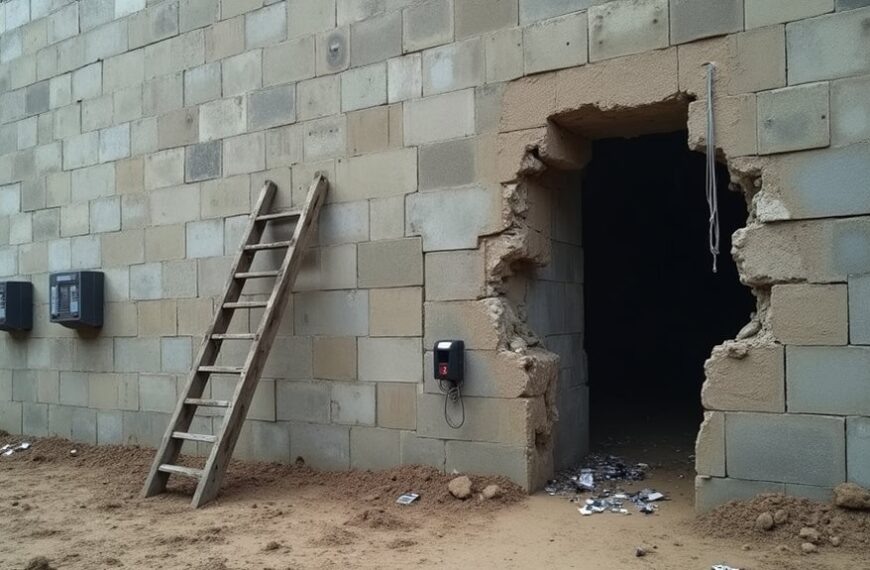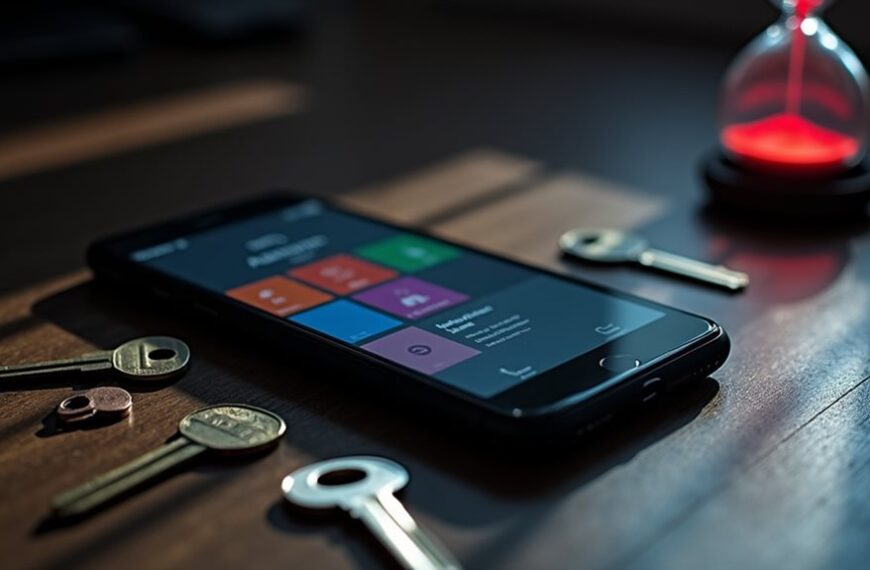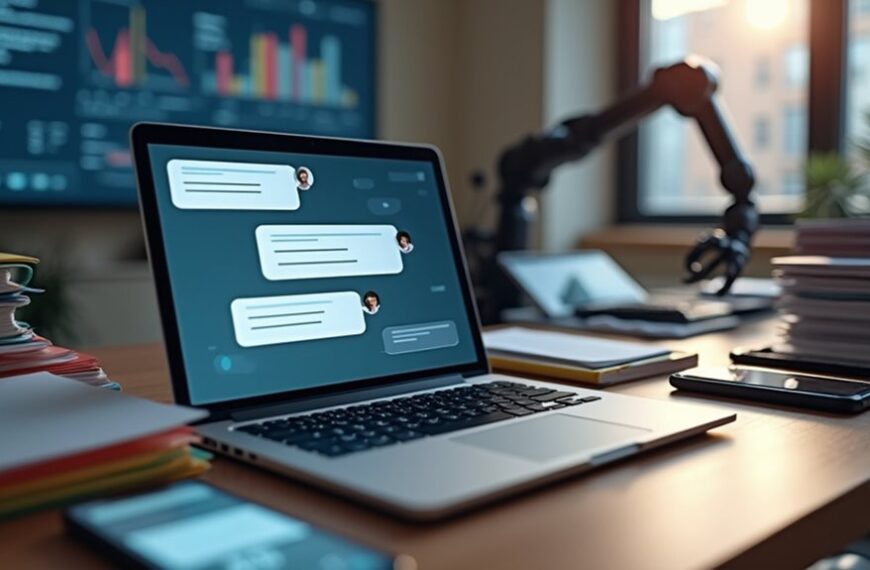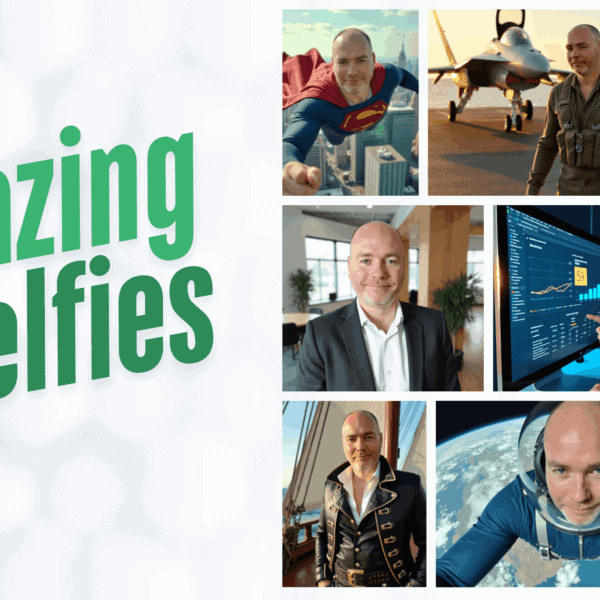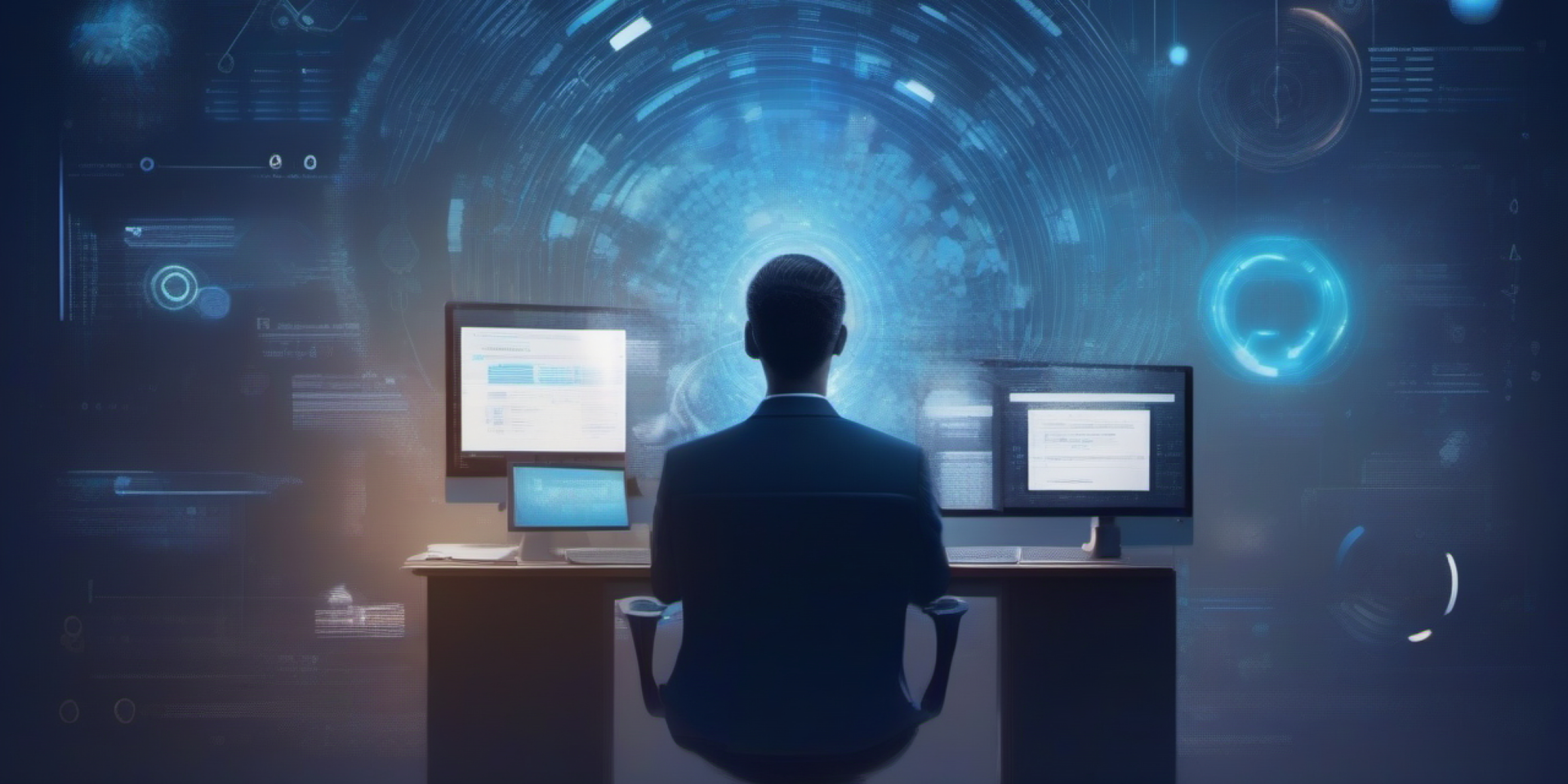OpenAI's GPT-4o is transforming image generation with its ability to create complex visuals in under a minute. You'll notice it handles up to 20 different elements while maintaining consistency across objects. The system excels at rendering legible text within images, making it valuable for marketing materials and graphic design. Users can refine their creations through an interactive feedback process, uploading reference images for guidance. Further exploration reveals both impressive capabilities and current limitations of this technology.
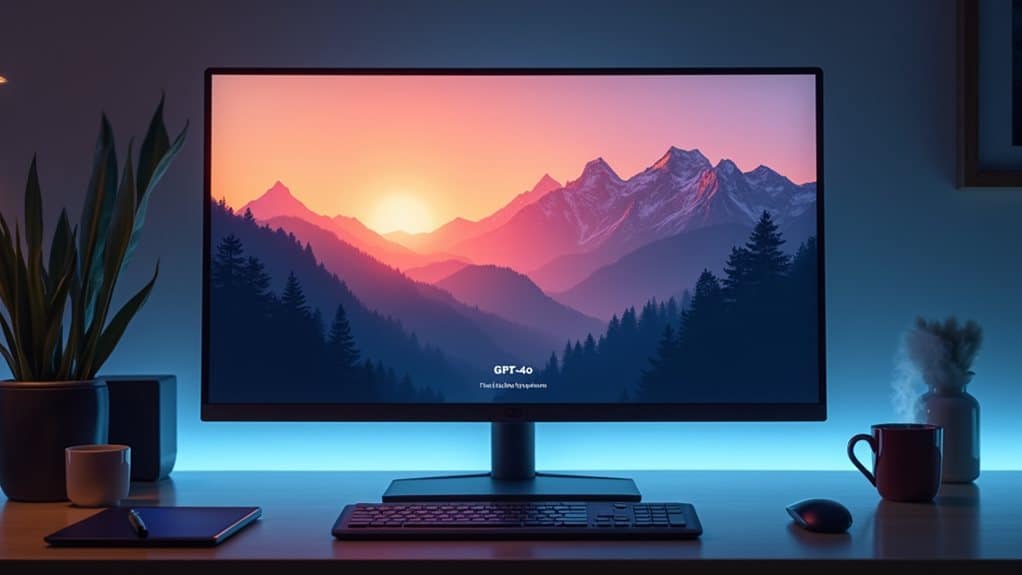
While OpenAI's latest multimodal model isn't truly instantaneous, GPT-4o represents a significant advancement in AI image generation capabilities. Complex images can take up to a minute to render, but this timeline still impresses users accustomed to longer waits with previous technologies.
GPT-4o excels at rendering legible text within images, addressing a challenge that even sophisticated models like DALL-E 3 struggled with. This improvement makes the technology particularly valuable for creating menus, invitations, and educational materials where text clarity matters.
You'll notice GPT-4o's distinctive loading animation, different from DALL-E 3's loading wheel, signaling when the system processes your requests. The model uses an autoregressive approach, working top-to-bottom and side-to-side to generate images with remarkable accuracy.
The system shines in handling complex scenes with multiple objects. It can accurately manage up to 20 different elements in a single prompt, maintaining consistency across their characteristics and reducing confusion in detailed compositions.
GPT-4o allows for iterative refinement through multi-turn generation. You can upload your own images as inspiration and guide the AI through feedback to achieve desired results, making the creative process more interactive and precise. The technology includes provenance metadata in all generated images to ensure transparency and accountability.
For businesses, the model offers practical applications in marketing, graphic design, and content creation. The improved text rendering capabilities make it suitable for creating professional materials like brochures, advertisements, and informational graphics.
Despite these advances, GPT-4o isn't perfect. It struggles with non-Latin languages, occasionally fails to maintain consistent facial features during edits, and sometimes generates content not present in the original prompts. GPT-4o has replaced DALL-E 3 in ChatGPT as the primary image generation system.
The technology was trained on an extensive dataset combining text and images, resulting in enhanced contextual understanding and generation capabilities. This training allows GPT-4o to produce content that feels more natural and aligned with user expectations.
For creative professionals and casual users alike, GPT-4o's improvements in speed, accuracy, and text rendering make it a powerful tool for visual communication and artistic expression.
Frequently Asked Questions
How Does GPT-4O Compare to Other AI Image Generators?
GPT-4o offers several advantages over other AI image generators. You'll notice faster rendering times, with images appearing in seconds rather than minutes.
It excels at incorporating accurate text within images and handles multiple objects (up to 20) seamlessly.
Unlike some competitors, GPT-4o integrates directly with conversation flows, allowing you to refine images through natural dialogue.
It's also more widely accessible, available to both free and paid users with consistent quality across different image types.
Can GPT-4O Create Images in Specific Artistic Styles?
Yes, GPT-4o can create images in specific artistic styles. You can request various styles like watercolor, oil painting, digital art, or photography in your prompts.
The model demonstrates improved capabilities for rendering different textures and visual elements compared to earlier versions.
While you don't have complete control over artistic execution, you can achieve desired styles by crafting detailed prompts that specify your stylistic preferences alongside subject matter descriptions.
What Are the Limitations of Gpt-4o's Image Generation Capabilities?
GPT-4o's image generation has several key limitations you should know about.
The system struggles with dense text and often crops long images incorrectly. You'll notice it can't accurately render more than 10-20 concepts simultaneously.
When editing specific image parts, you may find unintended changes elsewhere. The processing time takes about a minute due to computational demands.
Additionally, creating detailed charts at small sizes remains problematic for the system.
Is There a Limit to How Many Images Users Can Generate?
Yes, you'll face limits on how many images you can generate. While the system can technically handle up to 50 images per request in some configurations, practical usage suggests keeping this number much lower.
Your limits depend on your subscription tier, which affects your token allowance and requests per minute.
ChatGPT Pro subscribers receive higher limits than free users, but even they experience constraints to prevent server overload.
Does GPT-4O Retain Copyright of Images It Creates?
No, you retain the copyright of images generated by GPT-4o, not OpenAI.
According to OpenAI's policies, you own the output you create using their tool, including images, as long as you comply with their terms of service. This ownership extends to commercial usage rights, allowing you to sell or merchandise these images.
However, be aware that ownership rights don't automatically apply to third-party logos or trademarks that might appear in generated images.

